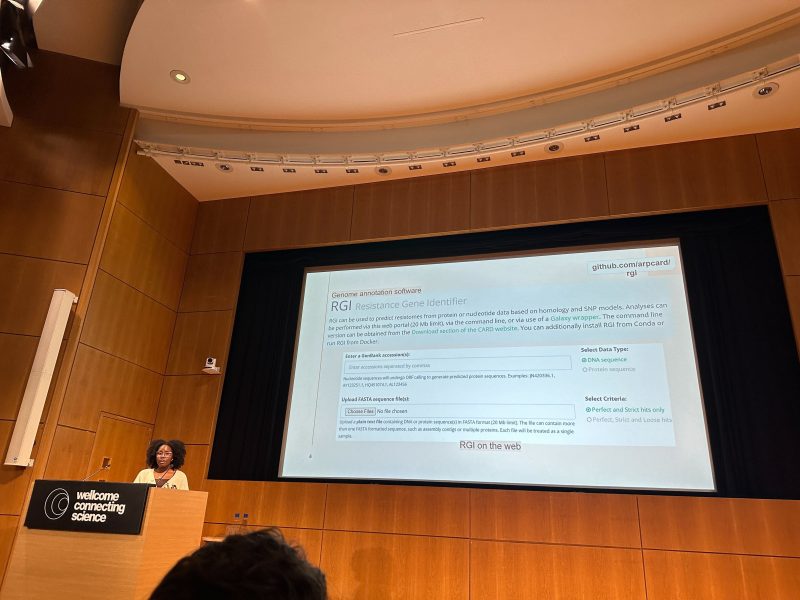 Bertelli et al. Microb Genom. 2022 May;8(5). doi: 10.1099/mgen.0.000818.
Bertelli et al. Microb Genom. 2022 May;8(5). doi: 10.1099/mgen.0.000818.
Outbreaks of virulent and/or drug-resistant bacteria have a significant impact on human health and major economic consequences. Genomic islands (GIs; defined as clusters of genes of probable horizontal origin) are of high interest because they disproportionately encode virulence factors, some antimicrobial-resistance (AMR) genes, and other adaptations of medical or environmental interest. While microbial genome sequencing has become rapid and inexpensive, current computational methods for GI analysis are not amenable for rapid, accurate, user-friendly and scalable comparative analysis of sets of related genomes. To help fill this gap, we have developed IslandCompare, an open-source computational pipeline for GI prediction and comparison across several to hundreds of bacterial genomes. A dynamic and interactive visualization strategy displays a bacterial core-genome phylogeny, with bacterial genomes linearly displayed at the phylogenetic tree leaves. Genomes are overlaid with GI predictions and AMR determinants from the Comprehensive Antibiotic Resistance Database (CARD), and regions of similarity between the genomes are also displayed. GI predictions are performed using Sigi-HMM and IslandPath-DIMOB, the two most precise GI prediction tools based on nucleotide composition biases, as well as a novel blast-based consistency step to improve cross-genome prediction consistency. GIs across genomes sharing sequence similarity are grouped into clusters, further aiding comparative analysis and visualization of acquisition and loss of mobile GIs in specific sub-clades. IslandCompare is an open-source software that is containerized for local use, plus available via a user-friendly, web-based interface to allow direct use by bioinformaticians, biologists and clinicians (at https://islandcompare.ca).

